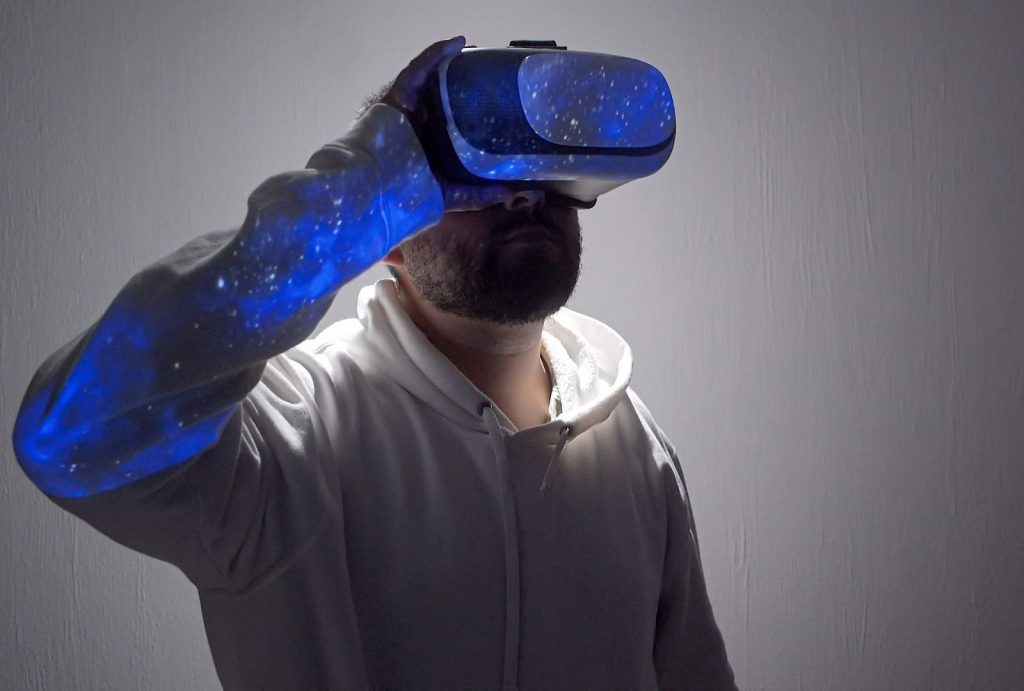The term has become so prominent that one of the most recognizable brands on the planet—Facebook—changed its name to Meta. While the popularity of associated technologies such as VR have ebbed and flowed for years, there is more to it now. We are hitting a perfect storm in which real-time engines, such as Unity and Unreal Engine (owned by Epic Games), virtual reality (Oculus and HTC), augmented reality (Apple, Magic Leap), 5G MEC (AT&T and Verizon), blockchain, digital currencies and yes, AI, are coming together. The power and financial resources converging are comparable to the nascent internet in the 1990s (see: Microsoft’s gambit of nearly $69 billion to acquire Activision/Blizzard).
The noise and hype add skepticism to the metaverse’s validity. But the concept itself, and many of the ways it will impact our lives, now and in the future, are misunderstood, or overlooked.
In the future, the metaverse could make the internet seem as antiquated as the telegraph. Today, people shop, bank, read the news, and much more online. The internet is effective but still differs from the experience of doing these activities in person. A person online shopping isn’t interacting with a stylist or browsing the clothing racks, for example. I am referring to copresence, an attribute of our experiences within the metaverse that is the result of our brain’s cognitive response. Interactions in the metaverse give us the impression that we are having real experiences and creating real memories—because we are.
The use cases are not limited to shopping, of course. Broadly speaking, the metaverse has the potential to solve significant challenges, particularly when it comes to making technology more human.
THE POTENTIAL FOR EDUCATION
Immersive experiences possess an ability to make digital interactions feel more human. This favors the use of Metaverse technologies like virtual and augmented reality for certain use cases. While we are only beginning to scratch the surface, powerful applications for learning and education are already here.
Learning professionals measure success through effectiveness. Efficacy is one of the most pressing issues facing eLearning that existed prior to COVID. When the pandemic struck, it forced us into a massive laboratory in which many of our tasks—including learning—were gated by videoconferencing. Although there are downsides to eLearning, which are often exacerbated by inequalities related to access to technology, research found that it was effective, at or near the level of in-person programming.
VR learning takes it a step further. PwC found that learners trained with VR were up to 275% more confident to act on what they learned after training—a 40% improvement over in-person classroom learning, and a 35% improvement over eLearning.
VR and AR learning experiences have the ability to surpass the passive, tell-and-test, click-through methods that we know lack engagement and efficacy. The dynamic, highly interactive, and often emotionally realistic content created by XR learning professionals reaches users in a more meaningful way. Learning in the metaverse can connect learners from all over the world and empower them to interact in meaningful ways while providing unprecedented accessibility. That learning is more interactive and impactful, by allowing us to simulate everything from a conversation to a surgery.

